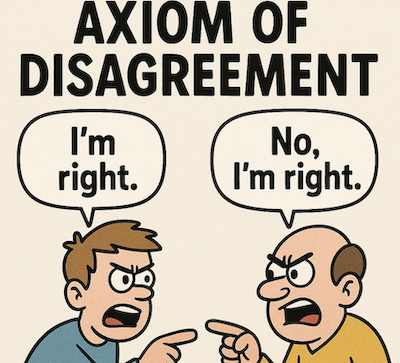There is significant use of the word safe in the construction industry, particularly in the UK. We have unsafe buildings and unsafe cladding to list recent uses. This is most current with recent changes to the UK Building Control system. What does it mean to be safe? In this article, the concept of safety is explored from a specific angle.
A moment of contemplation should seed the mind about what it means to be safe. Are you safe in your car with the seat belt on? Are you as safe when in an aeroplane? What about when rock climbing? What about when at home relaxing? We appear to accept different levels of safety based the activity. Some of these risks we can directly control to take action, others less so. Let’s concentrate on the risk of a building failure under normal load or, if you wish, under a fire event that could induce collapse.
Let ![]() be actions and let
be actions and let ![]() be resistance to those actions. In building safety we define an ultimate limit state when the actions
be resistance to those actions. In building safety we define an ultimate limit state when the actions ![]() . It is commonly assumed that
. It is commonly assumed that ![]() and
and ![]() are randomly distributed standardised normal variables such that they have a mean of
are randomly distributed standardised normal variables such that they have a mean of ![]() and a standard deviation of
and a standard deviation of ![]() . From this we can define a limit state function
. From this we can define a limit state function ![]() where
where ![]() is the randomly distributed variable of the system. If
is the randomly distributed variable of the system. If ![]() then the system has not failed. In some sense, if
then the system has not failed. In some sense, if ![]() the system is safe.
the system is safe.
If you were to jump off a building attached to a bungee chord, and you could predict the failure load, would you jump if the failure load was exactly equal to the force that you would exert. I doubt it. What factor of safety would you want? How much stronger would you like the chord to be? What we are actually asking is how much bigger than ![]() the limit state function
the limit state function ![]() should be. Arguably, once
should be. Arguably, once ![]() is above
is above ![]() the building is safe. But is it safe enough. In this sense, it has a less than
the building is safe. But is it safe enough. In this sense, it has a less than ![]() chance of failing. The ‘safe enough’ definition is about probability and the consequence of loss. The consequence of loss in building safety is usually centred around loss of life and not economic loss. This is a subjective judgement for society and not necessarily the engineer. For some systems a high probability of failure is acceptable, in others, not so.
chance of failing. The ‘safe enough’ definition is about probability and the consequence of loss. The consequence of loss in building safety is usually centred around loss of life and not economic loss. This is a subjective judgement for society and not necessarily the engineer. For some systems a high probability of failure is acceptable, in others, not so.
With this in mind, let’s extend the mathematics and continue with the assumption of a normal distribution for the limit state function ![]() . Let
. Let ![]() have a mean
have a mean ![]() and a standard deviation
and a standard deviation ![]() . Then we can define a parameter, called the reliability index, such that:
. Then we can define a parameter, called the reliability index, such that:
(1) ![]()
Expressing this as
(2) ![]()
From the normal distribution, the probability of failure is given by cumulative distribution function
What is common in buildings to prevent failure? A reliability index of
Next time someone states something is unsafe be minded that there is no clear accepted definition. In some sense, nothing is ‘100% safe’. Safety comes down to acceptance of risk. I suggest it should not be made equivalent to dangerous. Because something does not meet design safety standards does not automatically make it dangerous. More information is needed about probabilities and our acceptance of risk. This is never explained in general reporting on building safety. Buildings remain, in general, a very reliable environment.



